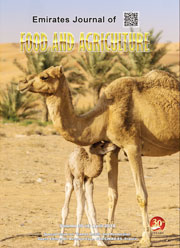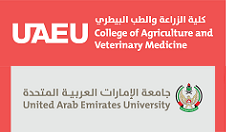RECENT PROGRESS IN UNDERSTANDING CADMIUM TOXICITY AND TOLERANCE IN RICE
DOI:
https://doi.org/10.9755/ejfa.v27i1.17870Abstract
Heavy metal bioaccumulation in the soil, water and atmosphere may be seriously hazardous to both human and animals with the contamination of food supply chain. Cadmium is a toxic heavy metal with no defined biological function. It is provided to environment mostly through effluent from sewage sludge, mining, burning, industries and fertilization with phosphate. Cadmium uptake and accumulation in rice (Oryza sativa L.) results in negative effect on plant growth. It inhibits physiological activities, such as photosynthesis, respiration, mineral nutrition, and cell elongation, leading to low yield and poor growth. Cadmium damages the photosynthesis system by lowering chlorophyll content and preventing stomata opening. The discrepancy in genotype, cellular distribution, and binding forms of cadmium has a significant role in rice tolerance and cadmium accumulation. Current progress on heavy metals and their interaction with important elements has widely increased our understanding of toxicity in the plants. In this review, the important aspects of cadmium uptake and effects in rice growth, yield, and yield components elucidated.










 .
. 